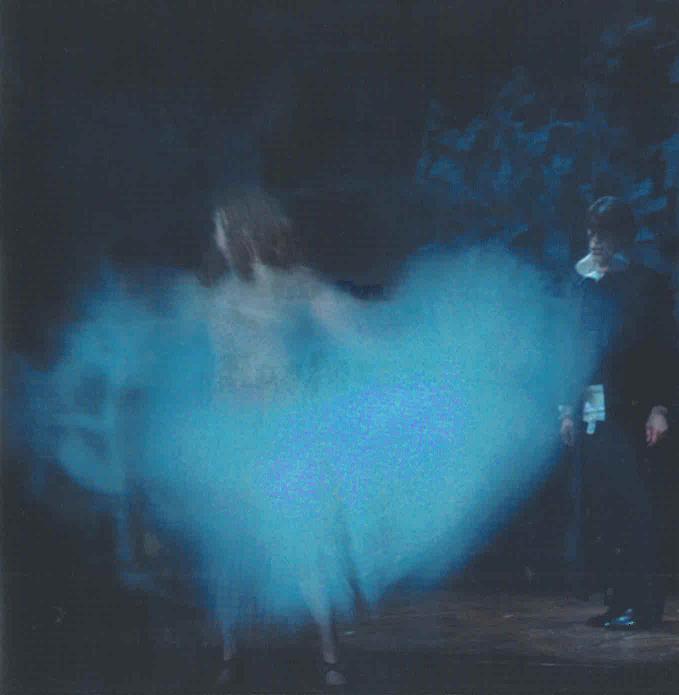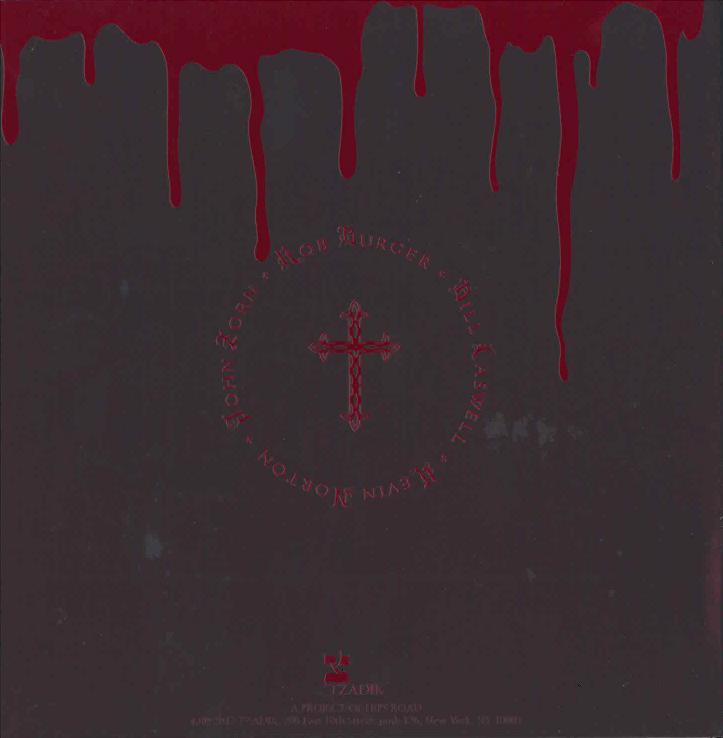JOHN ZORN






1/ Desolate Landscape (Zorn) 4.32
2/ Mina (Zorn) 3.35
3/ The Battle of Good and Evil (Zorn) 5.14
4/ Sinistera (Zorn) 3.22
5/ Van Helsing (Zorn) 3.25
6/ Fatal Sunrise (Zorn) 3.17
7/ Hypnosis (Zorn) 2.10
8/ Lucy (Zorn) 2.46
9/ Nosferatu (Zorn) 2.27
10/ The Stalking (Zorn) 7.33
11/ The Undead (Zorn) 4.00
12/ Death Ship (Zorn) 2.00
13/ Jonathan Harker (Zorn) 5.29
14/ Vampires at Large (Zorn) 4.17
15/ Renfield (Zorn) 3.31
16/ Stalker Dub (Zorn) 3.24
Recorded June 2011 at EastSide Sound by Marc Urselli
Mixed at Orange Music Studios, New Jersey by Bill Laswell
Mix Translation: Bill Laswell
Mix engineer: Bob Musso
Mix assistant: James Dellatacoma
Produced by John Zorn
Associate Producer: Kazunori Sugiyama
Mastered by Scott Hull
Rob Burger: organ, piano; Bill Laswell: bass; Kevin Norton: drums, orchestral bells, Tibetan bowls, vibraphone;
John Zorn: breath (9), electronics (9), Fender Rhodes (7,14), piano (1,4,5,11), alto saxophone (3,6,10,16).
2012 - Tzadik, (USA), TZ 7397 (CD)
3 1/2 out of 4
Tom Jurek (courtesy of the All Music Guide website)
I don't really get many John Zorn albums anymore. It's not that I don't like them. I just have A LOT. Way more than I have time to listen to. So I'm a lot more choosey these days. This one struck me as pretty unique.
This is a score Zorn composed for a Polish stage version of Nosferatu. The quartet of musicians includes long-time collaborator Bill Laswell.
There's quite a bit of diversity throughout this hour of music. It opens with ambient sounds and textures. There are the louder more abrasive songs that Zorn is known for (although not even close to Naked City-type stuff) juxtaposed to calm quiet piano tracks. The album varies from experimental to psychedelic electric jams. There are even traditional jazz saxophone and piano pieces.
Anyway, I haven't seen the play but the album works great on it's own. It's probably one of his more accessible albums and has something for everyone (disclaimer: not everyone).
Henry Krinkle (courtesy of the ComfortComes website)